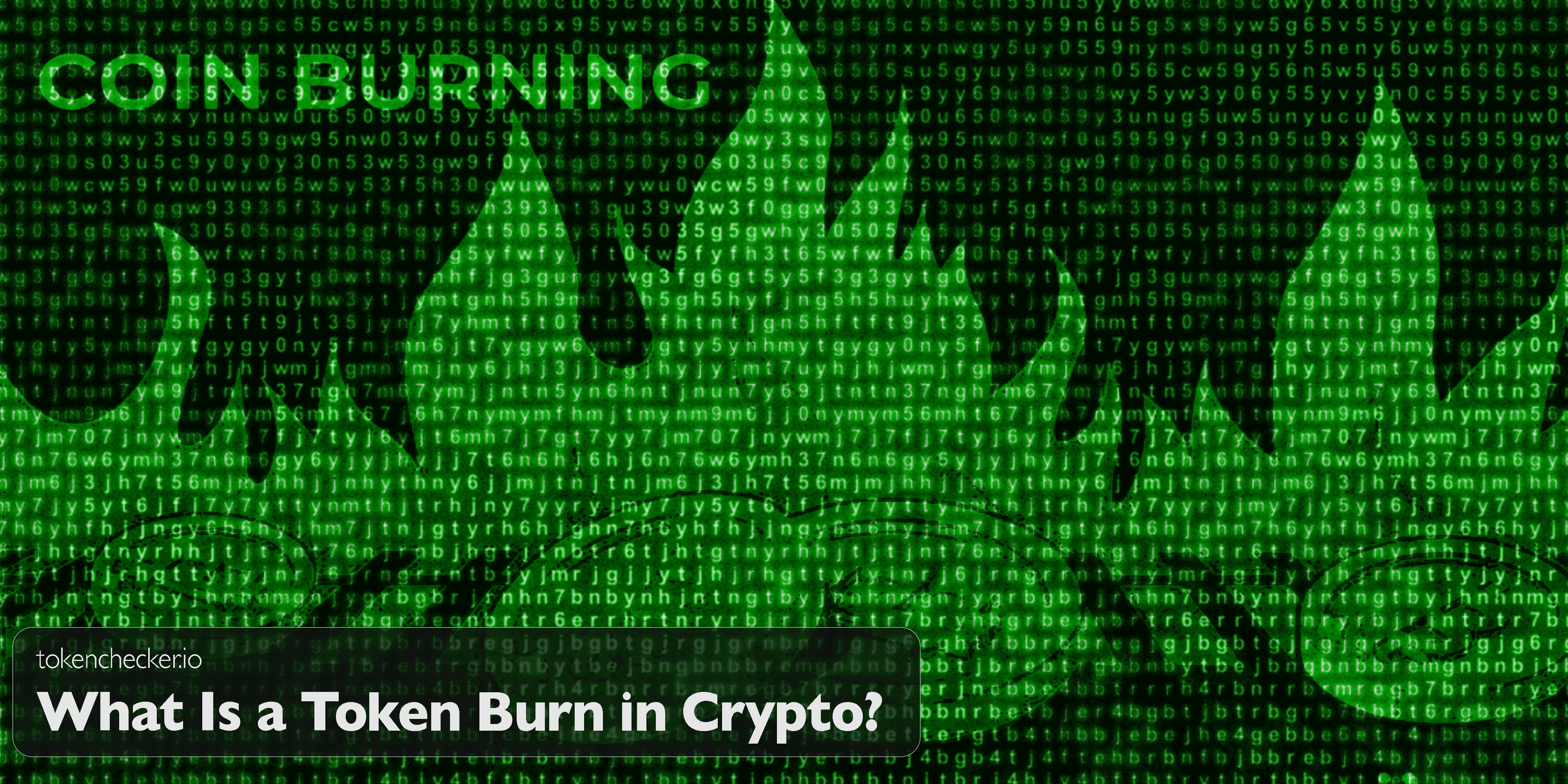
What Is a Token Burn in Crypto?
If you've ever seen a crypto project proudly announce a “burn,” you might’ve wondered: did something actually disappear? In a way, yes.
A token burn is when tokens are intentionally destroyed, taken out of circulation forever. And while that sounds like a good thing (less supply = higher price, right?), the truth is a little more complicated. Some projects use burns to hide shady practices, as detailed in our guide on when burns are deceptive.
Let’s break down what token burns really are, why projects use them, and when they’re a helpful mechanism versus when they’re just a distraction from deeper problems.
What Does It Mean to Burn a Token?
In crypto, burning a token means sending it to a wallet that nobody controls—typically a dead address like 0x000...dead. The tokens still exist on-chain, but they’re inaccessible and can’t be retrieved or used again.
It’s the blockchain equivalent of shredding money.
Projects might burn:
- Unsold tokens from a presale
- Tokens collected through transaction fees
- Dev wallet allocations they no longer need
- Supply as part of regular tokenomics
Some burns are one-time events. Others are automated—like 1% of every transaction being burned as part of the token’s tax logic.
Why Do Projects Burn Tokens?
The main goal is to reduce circulating supply. The thinking goes: if supply goes down and demand stays the same, price should go up.
But not all burns are created equal. Here's the nuance:
Burns That Matter:
- Burning tokens that were already circulating (true deflation)
- Burning part of a fee system that reduces overall supply
- Burning dev tokens that would otherwise dilute holders
Burns That Don't:
- Burning tokens that were never in circulation anyway
- Burning to create fake hype while quietly minting more elsewhere
- Publicizing small burns to cover up poor fundamentals
This is why context matters. A flashy burn tweet means nothing if the project still has minting powers in the contract or can stealth airdrop new supply.
Risks and Red Flags Around Burns
Some scams use burns to fake legitimacy. A project might burn 20% of total supply and shout “We’re deflationary!” while quietly holding the rest in a dev wallet or enabling minting via proxy contracts.
Others combine burns with misleading liquidity setups—like pairing a small amount of burned supply with an unlocked LP. Once retail piles in, the dev pulls liquidity and the token tanks.
Burns are often used to cover:
- Lack of real utility
- Price crashes
- Insider dumping
If a burn is the only bullish thing a project has going for it, that’s a problem.
tokenchecker.io’s Contract Analysis flags whether a project has minting functions, checks the total vs. circulating supply, and shows burn wallet behavior over time so you can see if the narrative matches reality.
Final Thoughts
Token burns can be a healthy part of crypto tokenomics—but they are not magic. Destroying supply only helps if:
- The remaining tokens are fairly distributed
- No one can mint more later
- The project has real demand and long-term value
Burns can signal scarcity, but they can also distract from centralization, insider wallets, or a failing product. Always dig deeper than the headline.
With tokenchecker.io, you can verify if a token burn actually reduced real supply or if it's just marketing noise.
Because the only thing worse than no burn... is a fake one.